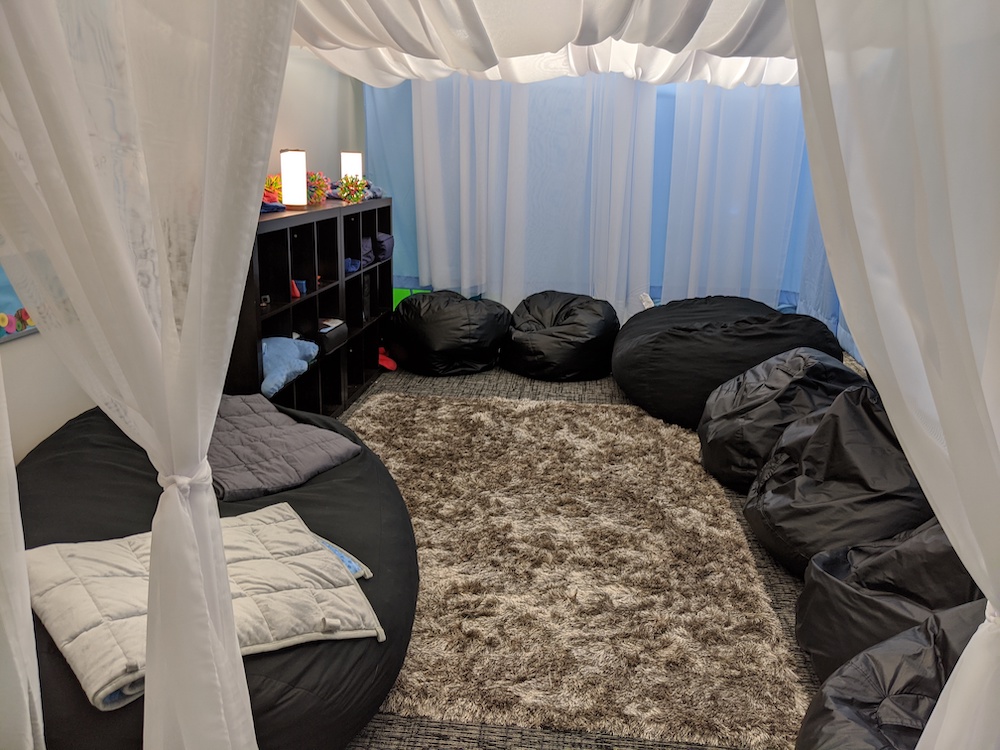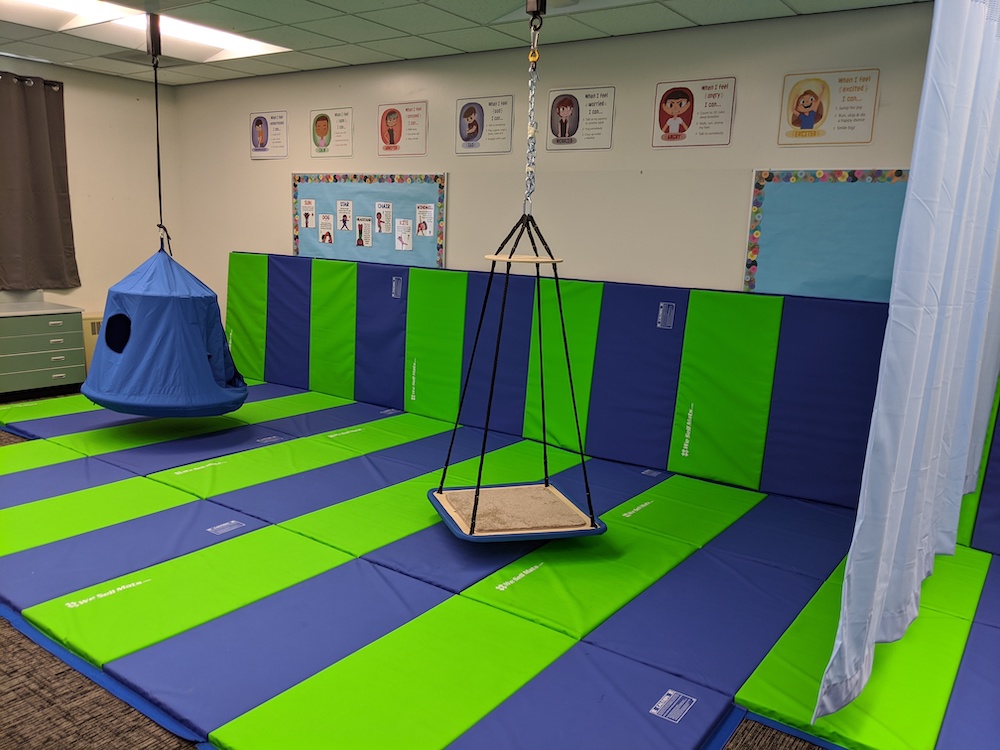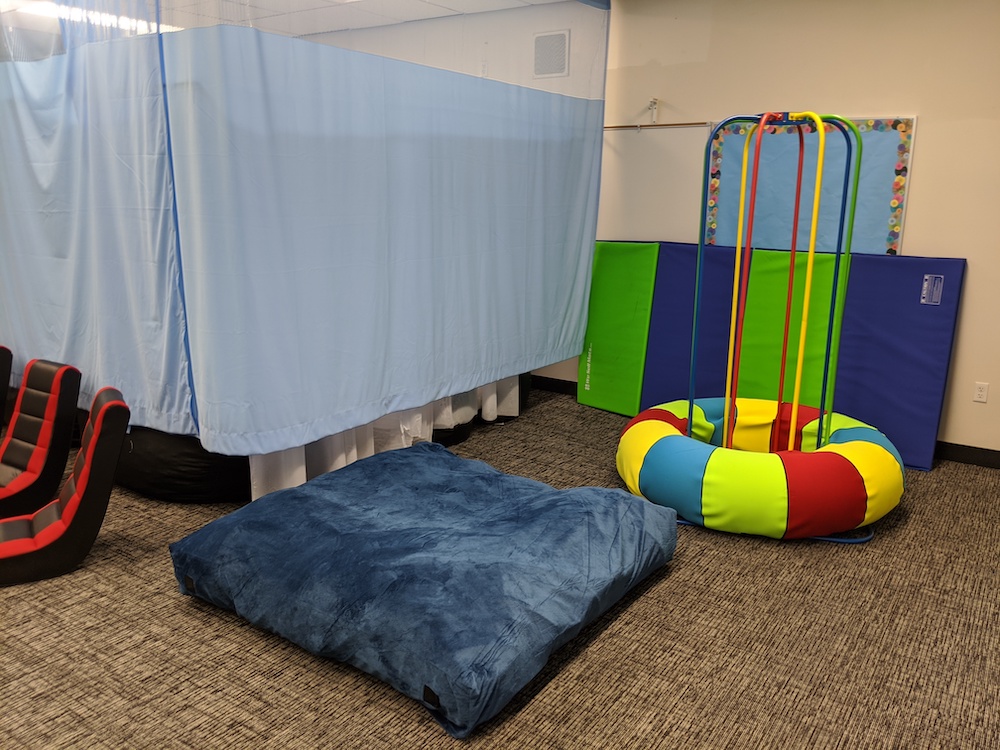Every single one of us has a breaking point. Imagine if there was a movie that you had been excited about for months or years. You buy tickets for a midnight showing on opening night. You get there early, buy your popcorn, and expect to have a great time with your friends or family. And then, each of the following things happens: you find yourself sitting on something sticky; the movie previews are too loud and go on for too long; the top left corner of the movie is blurry; someone nearby is struggling with a cellophane wrapper; the people in front of you are playing on their phone and talking loudly; a child behind you is kicking your chair; someone two seats over is watching Baby Shark videos on an iPad set to full volume; a baby is crying; and then Jar Jar Binks appears on the screen.
How long would you be able to tolerate this scenario? In a situation like this, you would probably notice your anxiety level creeping up and up until your brain felt the need for your body to physically do something. At some point in this scenario, most people would probably either start crying, stand up and say something, or get up and physically leave the theater.
Most adults do have the ability to self-regulate their emotions and tolerate a few of the issues I described above. You may know an adult who would have a hard time tolerating any of the issues listed above. The fact is that every single one of us has a threshold for what we can tolerate and that once that threshold is met, things start to break down.
When people hit their breaking point (and lose their ability to regulate their emotions), they typically fall into a basic survival mode: fight, flight, or freeze. For some reason, it seems that more and more people are going through their daily activities really close to their breaking point threshold. This often manifests itself as anxiety and even depression. We have found this to be the case for some children at our school.
A committee of teachers at our school has been looking at how to help children better regulate their emotions. This committee has been working with our school occupational therapist to learn more about emotion regulation best practices. This year, our teachers have incorporated daily “brain breaks” like stretching and breathing exercises into their daily schedules.
We are also adopting some of the strategies suggested by the Alert Program® (www.AlertProgram.com) and TherapyWorks, Inc. The general idea is that people who are good at self-regulation find ways to reset their emotions before hitting their thresholds. The Alert Program identifies these 5 areas for reestablishing children’s levels of alertness: move, touch, look, listen, and put something in the mouth. You can read more about the Alert Program at this link: https://www.alertprogram.com/brief-overview-of-the-alert-program-for-parents. The Alert Program does not specifically mention smelling things but if we include scents, we can see that the self-regulation strategies basically utilize our 5 human senses. (I think scents should be included because improving mood through diffusers and fragrant oils is a common practice in a lot of homes.)
If you think about your own self-regulation strategies, you may start to recognize how many these concepts make sense. Consider some strategies we use as adults to alleviate stress:
Take a walk, do yoga, play sports, or lift weights (move)
Eat ice cream, go out to a restaurant, or drink a flavored soda (taste)
Watch a movie or a football game (look and listen)
Get a massage or sit in a hot tub (touch)
Turn on some loud music (listen)
Play video games (look and listen)
And think about some of the places we take our kids to unwind and how we use our senses at those places:
The beach (look, touch, move)
The Family Fun Center (move, taste, look, listen)
Ski resort (look, touch, move)
Disneyland (taste, move, touch, look, listen)
If you consider the issues in the movie theater example above, you should notice all of the annoying things were also sensory related: sticky seats (touch); having your seat kicked (move); ads that are too loud, people talking, noisy wrappers, crying babies, and annoying songs on iPads (listen); a bright phone screen in a dark theater, blurry picture quality, and seeing Jar Jar Binks again (look). As negative sensory inputs can move us toward our breaking down threshold, positive sensory experiences can move us away from the threshold. Some companies have figured this out as they have Xboxes in break rooms, standing desks, and “bring your dog to work” policies to incorporate sensory experiences into the work day.
With these ideas in mind, our school has created a space where students can go when they need to take a break from their daily routine and reset their emotions. Everything in this Sensory Room is meant to address at least one of a student’s sensory needs. We have been busy preparing the room this year and training our teachers on how to use the room and we feel like we are ready to start having students use it.
Here are some pictures of what our Sensory Room contains:


